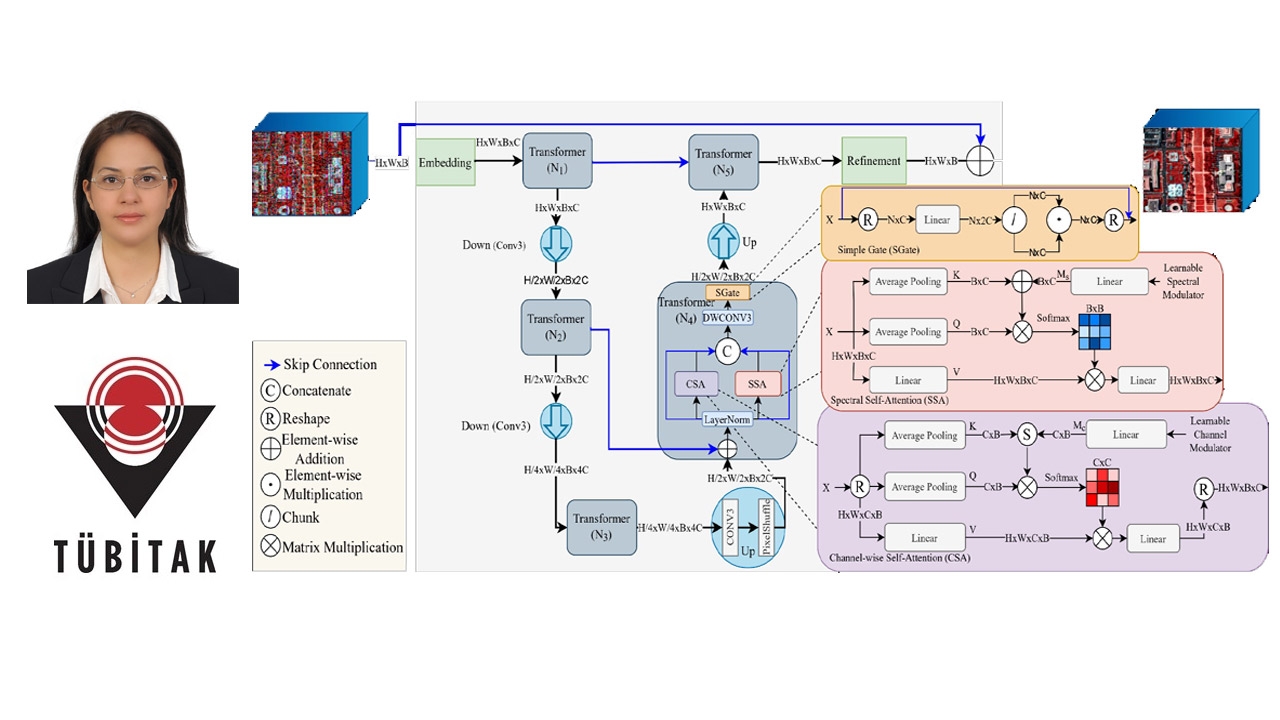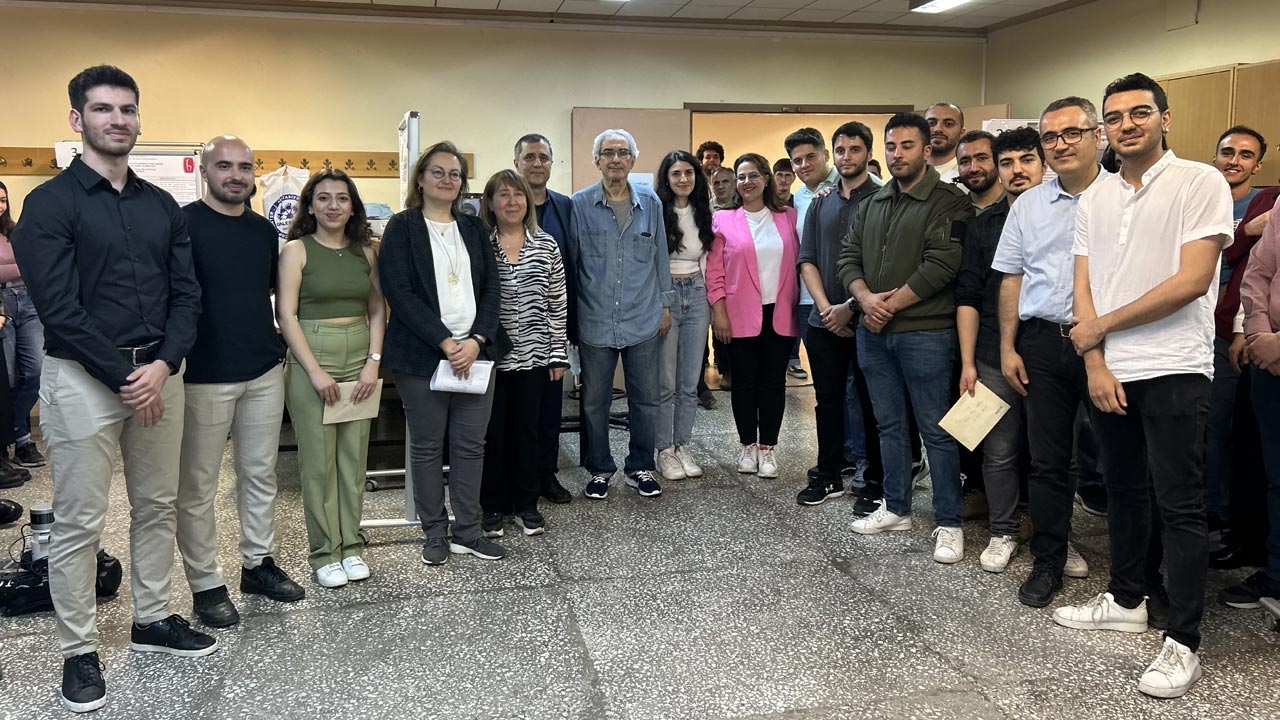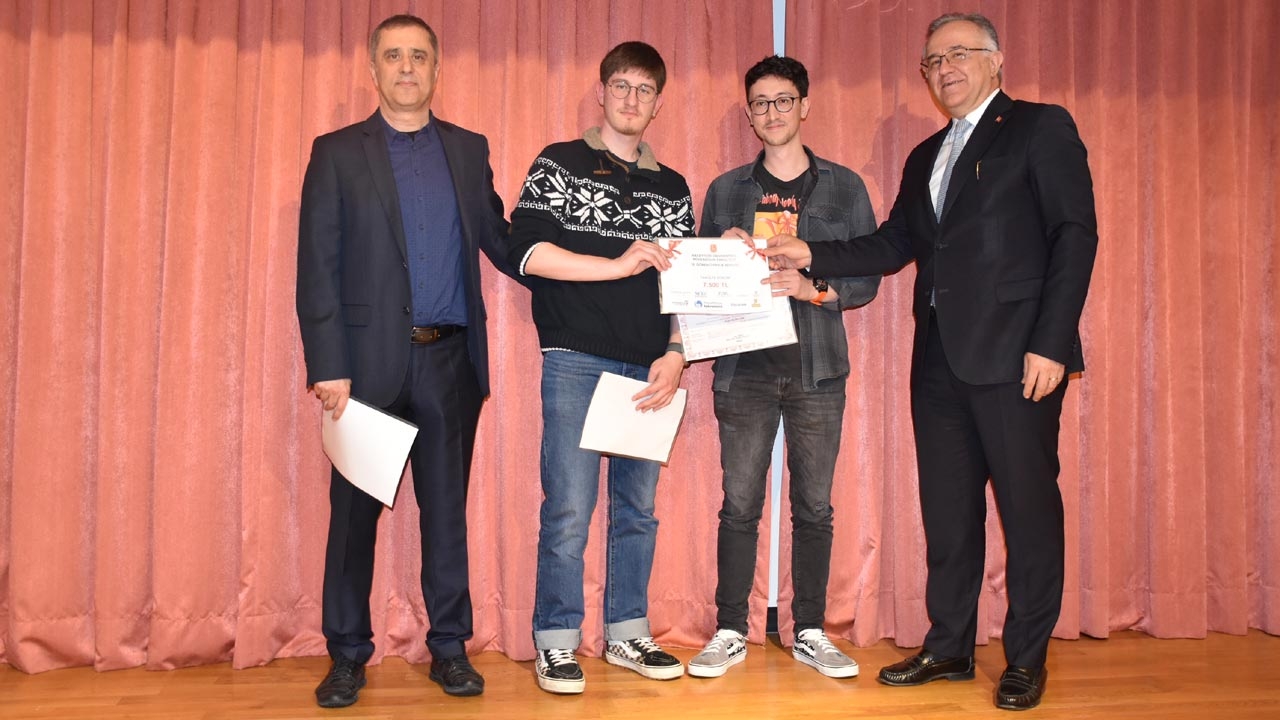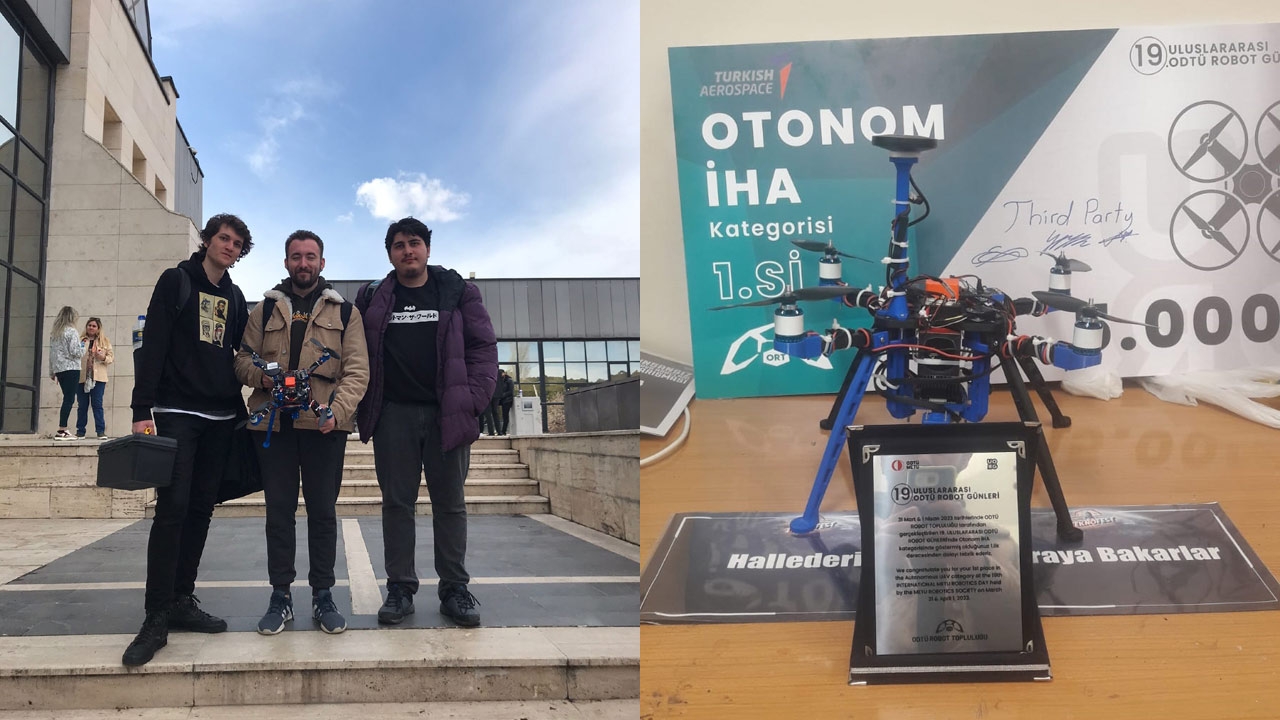News
SEMINAR: Joint Gateway Selection, Time-slot Allocation, Routing and Power Control for Wireless Mesh Networks, by Dr. Kağan Gökbayrak, Friday, May 10, 2019
May 7, 2019
Asst. Prof. Dr. Kağan Gökbayrak will give a seminar titled "Joint Gateway Selection, Time-slot Allocation, Routing and Power Control for Wireless Mesh Networks" on Friday, May 10, 2019 at 13:30 in the Conference Hall of our department.
Details of the talk and a bio of the speaker are below.
All interested are invited.
Abstract
Wireless mesh networks (WMNs) provide cost-effective alternatives for extending Internet access over larger geographical areas. In this presentation, given a WMN with its nodes and possible wireless links, we consider the problem of gateway node selection for connecting the network to the Internet along with operational problems such as routing, wireless transmission capacity allocation, and transmission power control for efficient use of wired and wireless resources. Under the assumption that each node of the WMN has a fixed traffic rate, our goal is to allocate capacities to nodes in proportion to their traffic rates so as to maximize the robustness level. We adopt a time division multiple access (TDMA) scheme, in which a time frame is divided into several time slots and each node can transmit in one or more time slots. We propose two mixed integer linear programming formulations. The first formulation is based on individual transmissions in each time slot. The alternative formulation, on the other hand, is based on sets of noninterfering wireless transmissions. In contrast with the first formulation, the size of the alternative formulation is independent of the number of time slots in a frame. We identify simple necessary and sufficient conditions for simultaneous transmissions on different links of the network in the same time slot without any significant interference. Our characterization, as a byproduct, prescribes a power level for each of the transmitting nodes. Motivated by this characterization, we propose a simple scheme to enumerate all sets of noninterfering transmissions, which is used as an input for the alternative formulation. To solve large instances, we propose a three-stage heuristic approach. In the first stage, we solve a partial relaxation of our alternative optimization model and determine the gateway locations. This stage also provides an upper bound on the optimal service level. In the second stage, a routing tree is constructed for each gateway node computed in the first stage. Finally, in the third stage, the alternative optimization model is solved by fixing the resulting gateway locations and the routing trees from the previous two stages.
Biography
Kağan Gökbayrak was born in Istanbul, Turkey in 1972. He received the B.S. degrees in mathematics and in electrical engineering from Boğaziçi University, Istanbul, in 1995, the M.S. degree in electrical and computer engineering from the University of Massachusetts, Amherst, in 1997, and the Ph.D. degree in manufacturing engineering from Boston University, Boston, MA in 2001.
From 2001 to 2003, he was a network planning engineer at Genuity, Inc., Burlington, MA. In addition to preparing demand forecasts and IP-layer capacity plans of the AS1 backbone, Dr. Gokbayrak played a key role in adapting emerging IP technologies. Since 2003, he has been a faculty member in the Industrial Engineering Department, Bilkent University, Ankara, Turkey. During his sabbatical leave in 2013, he was a visiting scholar at Massachusetts Institute of Technology, Cambridge, MA and held an adjunct position at Boston University. His research interests include the optimization of discrete-event and hybrid systems, wireless communication networks, and distribution networks, and computer simulation with applications to inventory, healthcare and manufacturing systems.
All interested are invited.
Abstract
Wireless mesh networks (WMNs) provide cost-effective alternatives for extending Internet access over larger geographical areas. In this presentation, given a WMN with its nodes and possible wireless links, we consider the problem of gateway node selection for connecting the network to the Internet along with operational problems such as routing, wireless transmission capacity allocation, and transmission power control for efficient use of wired and wireless resources. Under the assumption that each node of the WMN has a fixed traffic rate, our goal is to allocate capacities to nodes in proportion to their traffic rates so as to maximize the robustness level. We adopt a time division multiple access (TDMA) scheme, in which a time frame is divided into several time slots and each node can transmit in one or more time slots. We propose two mixed integer linear programming formulations. The first formulation is based on individual transmissions in each time slot. The alternative formulation, on the other hand, is based on sets of noninterfering wireless transmissions. In contrast with the first formulation, the size of the alternative formulation is independent of the number of time slots in a frame. We identify simple necessary and sufficient conditions for simultaneous transmissions on different links of the network in the same time slot without any significant interference. Our characterization, as a byproduct, prescribes a power level for each of the transmitting nodes. Motivated by this characterization, we propose a simple scheme to enumerate all sets of noninterfering transmissions, which is used as an input for the alternative formulation. To solve large instances, we propose a three-stage heuristic approach. In the first stage, we solve a partial relaxation of our alternative optimization model and determine the gateway locations. This stage also provides an upper bound on the optimal service level. In the second stage, a routing tree is constructed for each gateway node computed in the first stage. Finally, in the third stage, the alternative optimization model is solved by fixing the resulting gateway locations and the routing trees from the previous two stages.
Biography
Kağan Gökbayrak was born in Istanbul, Turkey in 1972. He received the B.S. degrees in mathematics and in electrical engineering from Boğaziçi University, Istanbul, in 1995, the M.S. degree in electrical and computer engineering from the University of Massachusetts, Amherst, in 1997, and the Ph.D. degree in manufacturing engineering from Boston University, Boston, MA in 2001.
From 2001 to 2003, he was a network planning engineer at Genuity, Inc., Burlington, MA. In addition to preparing demand forecasts and IP-layer capacity plans of the AS1 backbone, Dr. Gokbayrak played a key role in adapting emerging IP technologies. Since 2003, he has been a faculty member in the Industrial Engineering Department, Bilkent University, Ankara, Turkey. During his sabbatical leave in 2013, he was a visiting scholar at Massachusetts Institute of Technology, Cambridge, MA and held an adjunct position at Boston University. His research interests include the optimization of discrete-event and hybrid systems, wireless communication networks, and distribution networks, and computer simulation with applications to inventory, healthcare and manufacturing systems.
More news










